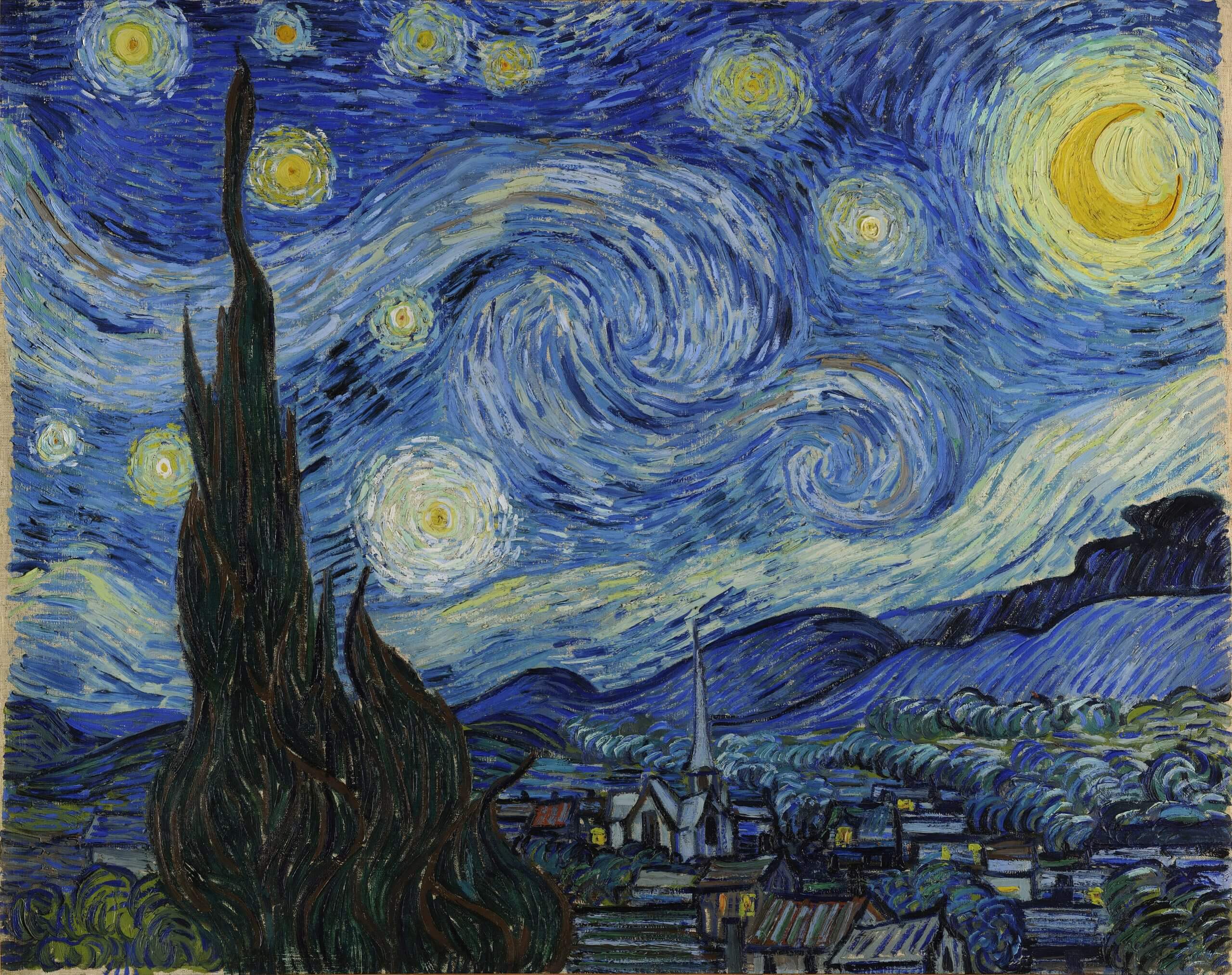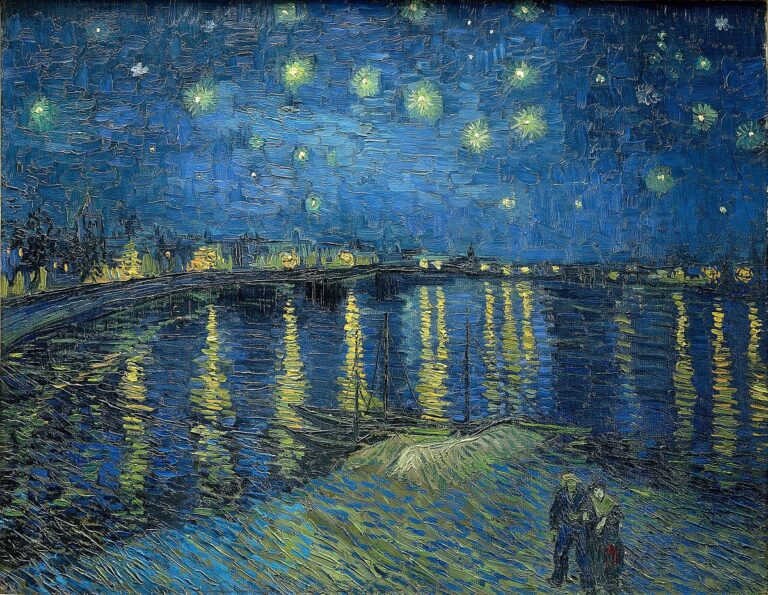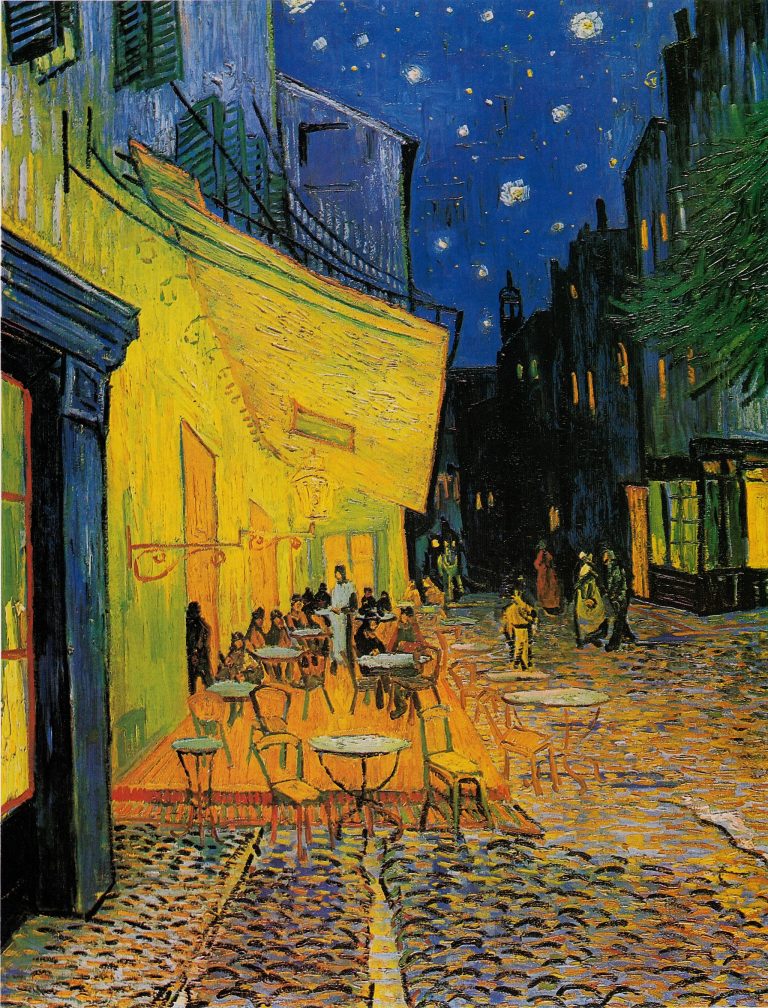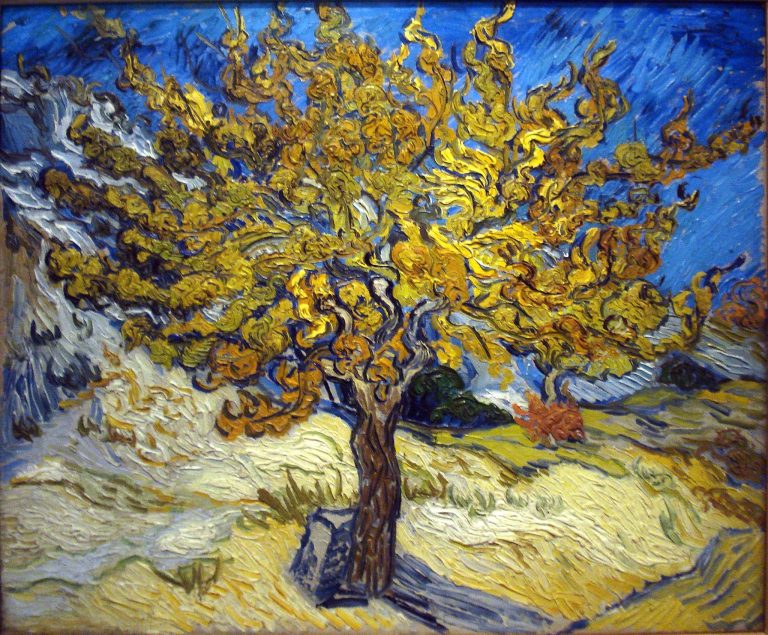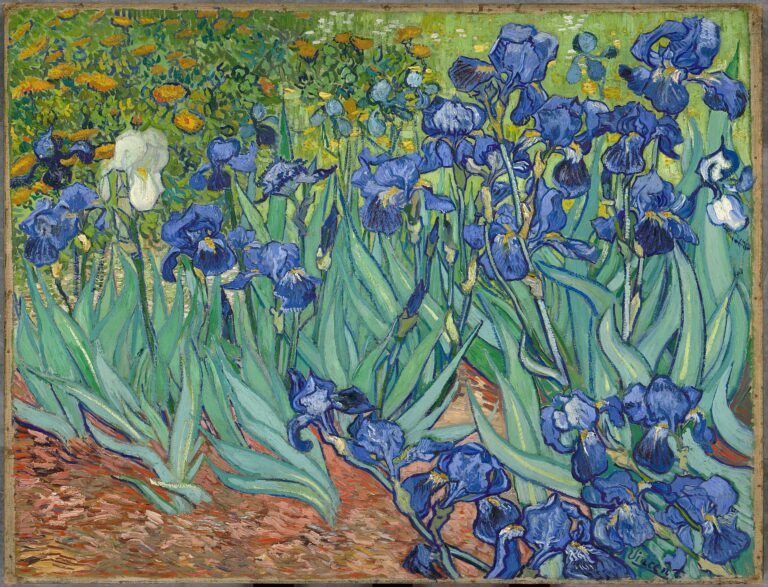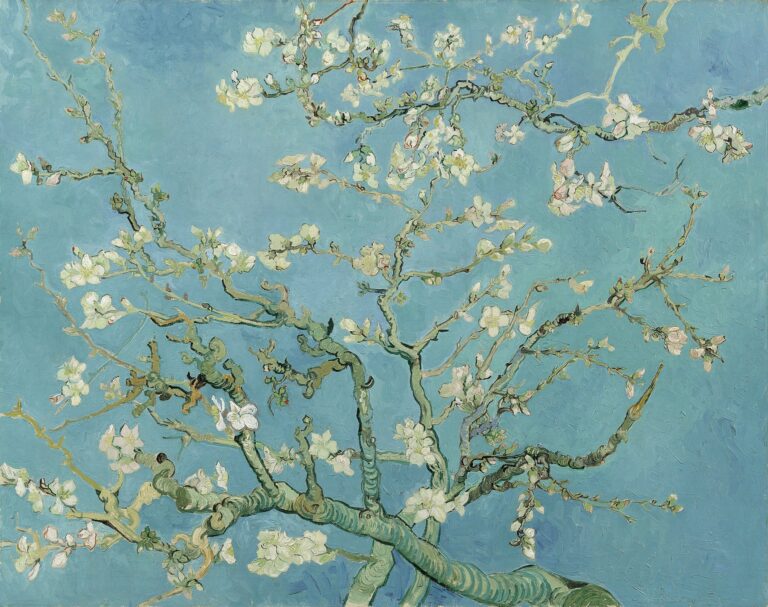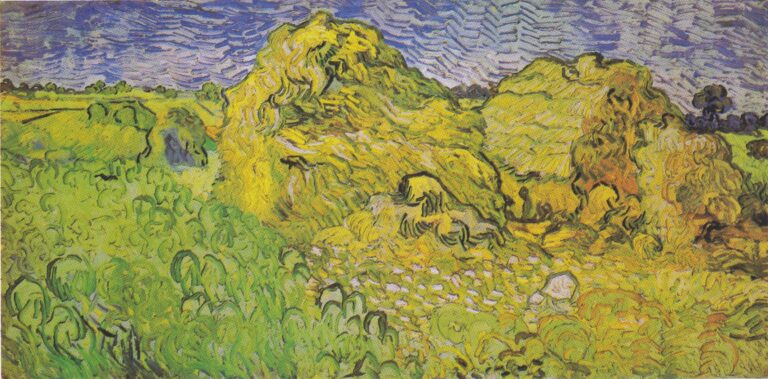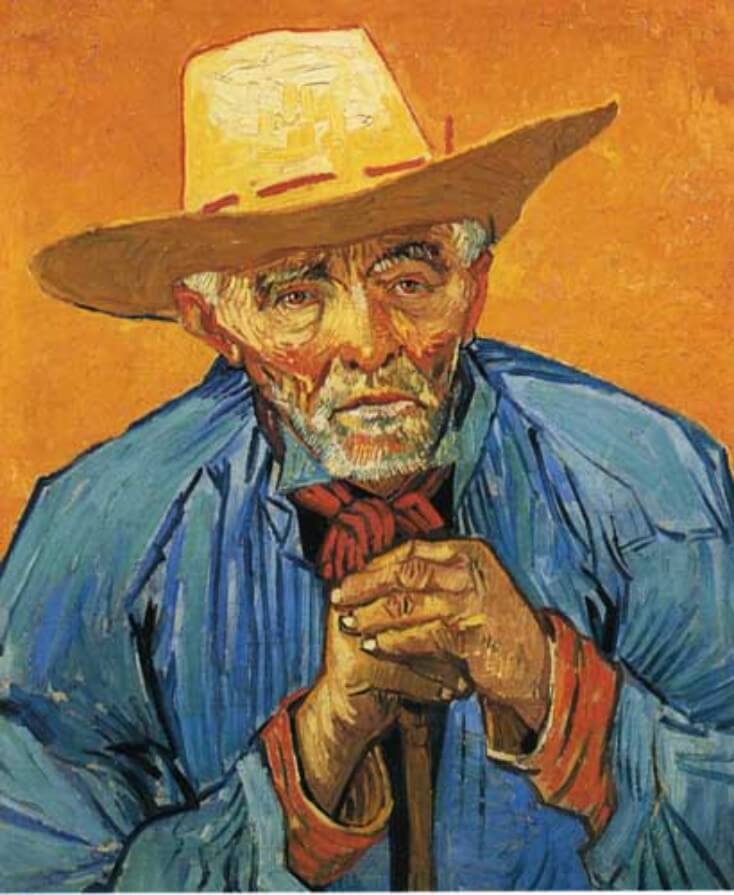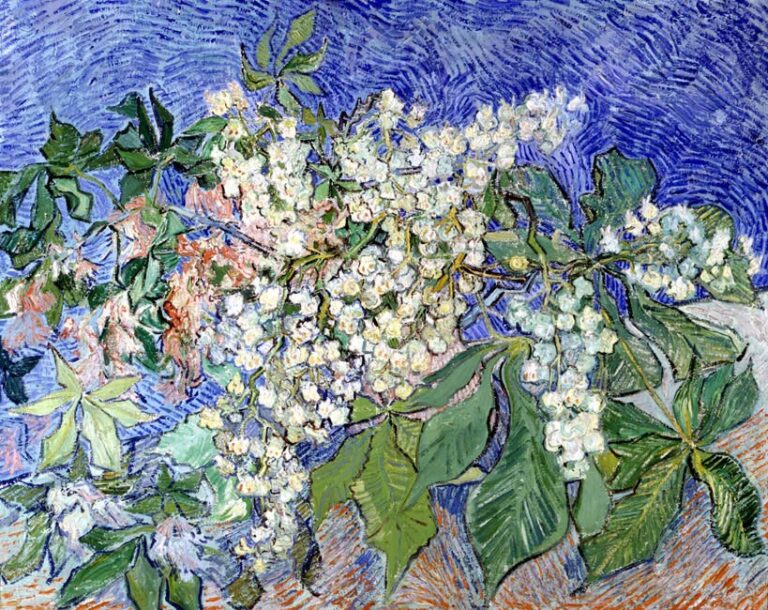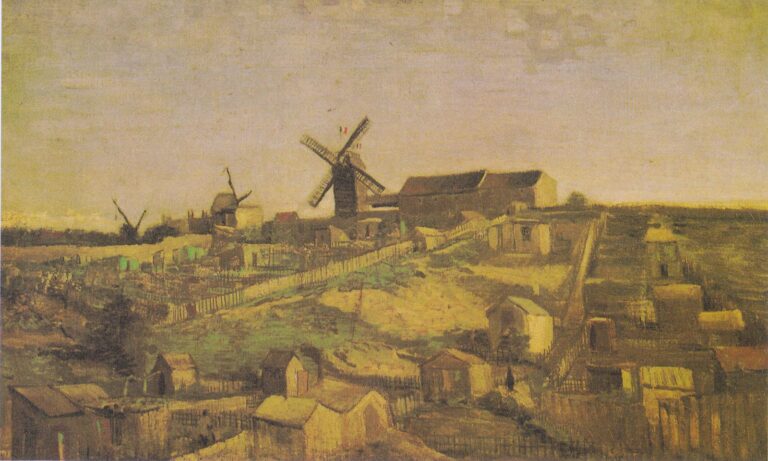Vincent van Gogh
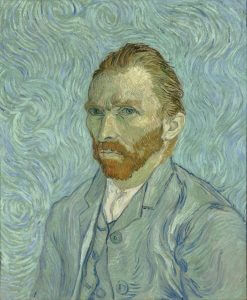
Vincent van Gogh, a towering figure in the world of fine art, was a Dutch post-Impressionist painter who lived from March 30, 1853, to July 29, 1890. Though he struggled with mental illness throughout his life and sold only one painting during his lifetime, van Gogh’s work has since become highly influential and renowned globally.
Van Gogh’s art is distinguished by its bold colors, dramatic expression, and emotive brushwork. His artistic style is largely associated with Post-Impressionism, a movement that emerged in the late 19th century as a reaction against the objectivity and naturalism of Impressionism. Post-Impressionist artists like van Gogh sought to convey more emotion and symbolism in their work, often through vivid colors and abstracted forms. His most famous works include “The Starry Night,” “Sunflowers,” “Café Terrace at Night,” and numerous self-portraits, all notable for their powerful and moving use of color and line.
Van Gogh’s fame stems not only from his unique and intense artistic style but also from his tumultuous life and tragic death. He suffered from severe mental health problems and spent time in various asylums. His life story, marked by his unreciprocated love, intense friendship with fellow artist Paul Gauguin, and his suicide at the age of 37, adds an additional layer of complexity and fascination to his art.
Van Gogh’s paintings, which were largely unappreciated during his lifetime, have grown in stature over time. They are now seen as some of the most significant and influential works in Western art history, embodying a raw, emotional response to the world that was innovative for its time and continues to inspire artists today.

